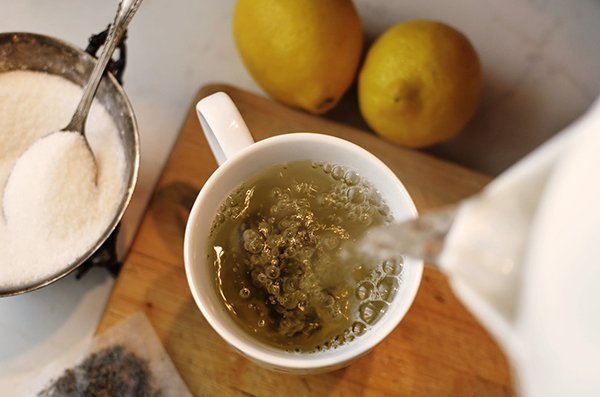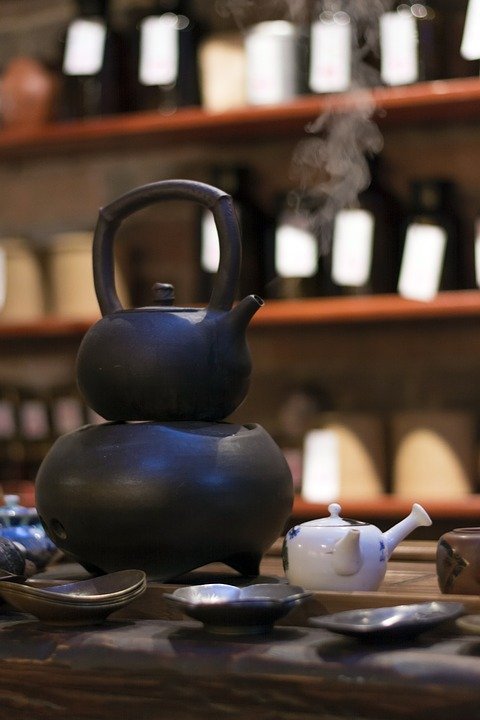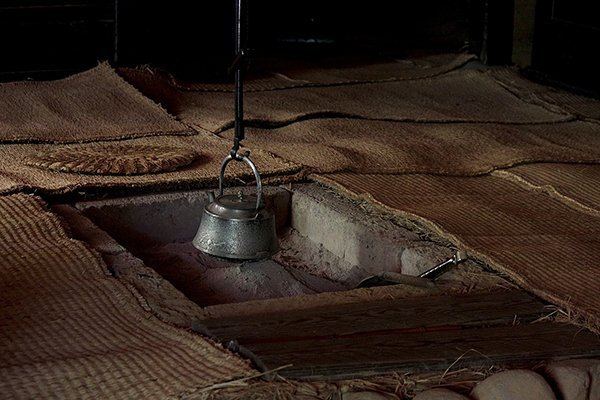
When steeping tea, one of the most important factors is using the water with the right temperature. Too high water temperature will affect the fresh taste of tea; If the water temperature is too low, the tea flavor and aroma will not fully be extracted.
It can be seen that the temperature of water affects the taste and aroma of tea. And different tea leaves have different requirements for water temperature.
So, how should we control the steeping tea temperature?
The effect of different water temperature on steeping tea

1. Steeping tea with low-temperature water
The temperature of the water is amount 70℃~85℃; it’s the ideal water temperature for steeping fresh tea. Such as Dragon well tea, or delicate green tea, white tea, and yellow tea.
Because the buds and leaves are very delicate, if the water temperature is too high, the tea will be cooked, the taste is naturally reduced, also lost the unique taste and aroma of the tea.
2. Steeping tea with middle-temperature water
The temperature of the water is amount 85℃~95℃; this temperature is generally the most suitable. For most tea, steeping at low-temperatures will prevent the aroma from volatilization; However, boiling water in tea is easy to make the tea cooked, destroy many substances in the tea, and also make the tannic acid and other substances in the tea dissolve, make the tea with a bitter taste, affecting the quality.
Therefore, most tea leaves are suitable for steeping with water in this temperature range.
3. Steeping tea with high-temperature water
The temperature of the water is amount 95℃~100℃, such as black tea(steep black-tea tea bags methods), Pu ‘er, suitable for boiling water to steep. Because if the water is not hot enough, the tea will float and the aroma will not be fully volatilization.
Besides, in plateau areas, the water temperature is often less than 100℃ boiling, the water cannot steep good tea at this time. But most people in the highlands also like drinking tea, so it’s better to steep with boiling water. They are accustomed to putting tea leaves in boiling water and heating them together for a while, to better dissolve the substances in the tea.
Factors that affect steeping tea temperature

Most of the time people will find, the tea is not good to drink, even the water is at the right temperature, and the unique flavor and aroma of tea cannot be produced. Maybe there are some factors affecting the water temperature, during the steeping process:
1. Whether the tea has ever been refrigerated
Some times, people store tea in the refrigerator, to delay the shelf life. However, they usually took out the tea and put into the teapot directly; the cold-tea will lower the temperature of the water. Therefore, the tea after refrigeration must be taken out in advance, so that the tea can be steeped at room temperature.
2. Has the teapot been preheated
Whether the teapot been preheated or not before putting the tea in, is also affected the temperature of the water. If the teapot hasn’t been preheated, the temperature of the water will low down about 5℃~10℃ after adding. So it’s very important to preheat the teapot in first round. After the first round, it becomes less important to preheat the teapot, and more important to pay attention to the time interval, which is the cooling of the teapot and the tea inside.
It’s easy to preheat the teapot. Adding 4/5 boiling water, and pour it out after 30s. You can also preheat the teapot in an incubator or oven, take it out when you using.
It is worth noting that the effect of preheating varies from teapot to teapot. Because the amount of heat absorption of the teapot body often depends on the thickness and density of the pot wall. The greater the thickness and the lower the density, the more heat absorption; This is different from the heat preservation ability of the teapot. The thicker the pot wall, the lower the density, the stronger the heat preservation ability, which means the slower the heat dissipation speed.
But the teapot must in the case without water seepage or water absorption is not great; otherwise, the teapot is not suitable for use. Therefore, as far as tea steeping function is concerned, a teapot with a thin thickness, high density, and fast heat dissipation speed is better.
3. Pre-steeped

When steeping tea, pouring out the tea after adding water a few seconds, we called it “pre-steeped.” It can make tea absorb the heat of water, increase humidity, make the tea after rolling a little stretch so that the first tea to play a proper color, aroma, taste. The release of soluble substances from the tea leaves is also accelerated when we steeping tea later.
Sometimes, the “pre-steeped” can be omitted, especially for those soluble tea leaves that dissolve quickly, the “pre-steeped” will make the tea lose a lot of aroma and taste.
The first round after “pre-steeped,” the temperature of the water will drop by 3℃~5℃, more tea leaves, more difference in water temperature will be. So we must control the time of “pre-steeped.”
In addition to the three factors above, water temperature is also affected by the environment. For example, the water temperature decreases slowly in summer, but rapidly in winter. In colder regions, water temperatures naturally drop faster. In that case, just raise the temperature of the tea or extend the steeping time.
Knowing the factors that affect the water temperature, we can find strategies to keep the water at the right temperature during the steeping process.
No comments:
Post a Comment